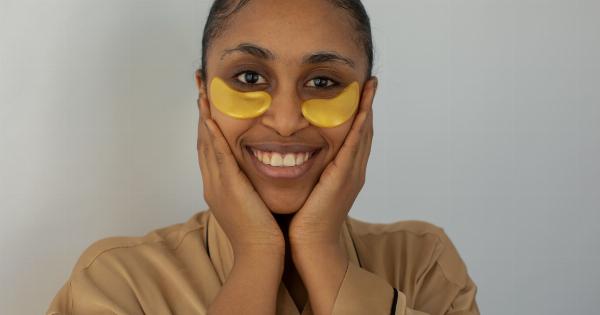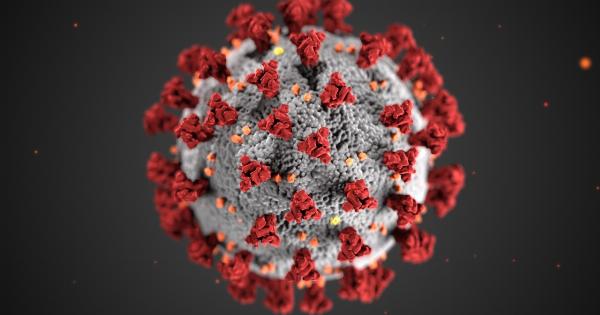Corneal transplant, also known as keratoplasty, is a surgical procedure that involves removing the damaged or diseased cornea and replacing it with a healthy cornea from a donor.
Corneal transplant is the most common type of organ transplant in the world, with over 185,000 successful surgeries performed each year. Over the years, advancements in medical technology have transformed corneal transplantation from imaginative to actual, providing better outcomes and improving the lives of millions of people across the globe.
Types of Corneal Transplant
Corneal transplant surgery has evolved over the years, and today there are several types of corneal transplant performed by ophthalmologists, which include:.
- Penetrating Keratoplasty (PK): This is the traditional form of corneal transplantation, where the entire cornea is replaced with a healthy one from a donor.
- Lamellar Keratoplasty (LK): This is a partial corneal transplant, where only the damaged layer of the cornea is replaced with a healthy layer from a donor.
- Descemet’s Stripping Automated Endothelial Keratoplasty (DSAEK): This is a newer form of corneal transplant, where only the diseased endothelial layer of the cornea is replaced with a healthy one from a donor.
Advancements in Corneal Transplant
Over the years, advancements in medical technology have transformed corneal transplantation from imaginative to actual. Some of the recent advancements in corneal transplant include:.
1. Laser-Assisted Corneal Transplant
Laser-assisted corneal transplant, also known as femtosecond laser-assisted corneal transplant, is a new technique that uses a laser to create a precise incision in the cornea, making the surgery more accurate and reducing the risk of complications.
This technique allows for a more accurate incision, less blood loss, and faster healing. The use of lasers also allows for a smaller incision, which means that patients experience less trauma, less scarring, and a shorter recovery time after surgery.
2. Artificial Cornea (Keratoprosthesis)
An artificial cornea, also known as a keratoprosthesis, is a small medical device that can be implanted in the eye to replace a damaged or diseased cornea. The device is made of a biocompatible material that is well-tolerated by the body.
An artificial cornea is an excellent option for patients who are not suitable for a traditional corneal transplant due to severe damage or scarring. This device is still in the experimental stage but has the potential to provide long-term vision improvement for patients with damaged corneas.
3. Tissue Engineering
Tissue engineering is a promising area of research that involves the creation of artificial tissue and organs using a patient’s own cells.
Corneal tissue engineering involves growing corneal cells in a laboratory and then implanting them into the patient’s eye. This technique has the potential to provide a better match between the donor tissue and the patient’s immune system, reducing the risk of rejection.
Tissue engineering also has the potential to provide a consistent and abundant supply of donor corneal tissue for transplantation.
4. Descemet’s Membrane Endothelial Keratoplasty (DMEK)
Descemet’s membrane endothelial keratoplasty (DMEK) is an advancement in corneal transplant surgery that involves the replacement of only the Descemet’s membrane and the endothelium of the cornea.
This technique preserves the healthy corneal tissue and greatly reduces the risk of rejection. The procedure is less invasive than traditional corneal transplant, and patients experience a shorter recovery time.
5. Corneal Cross-Linking
Corneal cross-linking is a non-invasive procedure that involves the use of ultraviolet light and a photosensitizer to strengthen the cornea. This technique is primarily used to treat keratoconus, a condition that causes the cornea to become cone-shaped.
Corneal cross-linking can help prevent the progression of keratoconus, reducing the need for a corneal transplant.
6. Cold Storage Preservation
Cold storage preservation is a new technology that allows for the better preservation of donor corneal tissue. The donor cornea is stored in a special solution at low temperatures before the transplantation.
Cold storage preservation helps to improve the quality and viability of donor corneal tissue, reducing the risk of complications and improving the overall success rate of corneal transplant surgery.
Conclusion
The advancements in corneal transplant technology have revolutionized the field of ophthalmology, providing more options for patients and better outcomes.
With newer and better techniques such as laser-assisted corneal transplant, tissue engineering, and corneal cross-linking, patients suffering from corneal damage or disease have a higher chance of getting their sight restored. Although these technologies are still in their early stages, they hold the potential to make corneal transplant more accessible and effective than ever before.






























